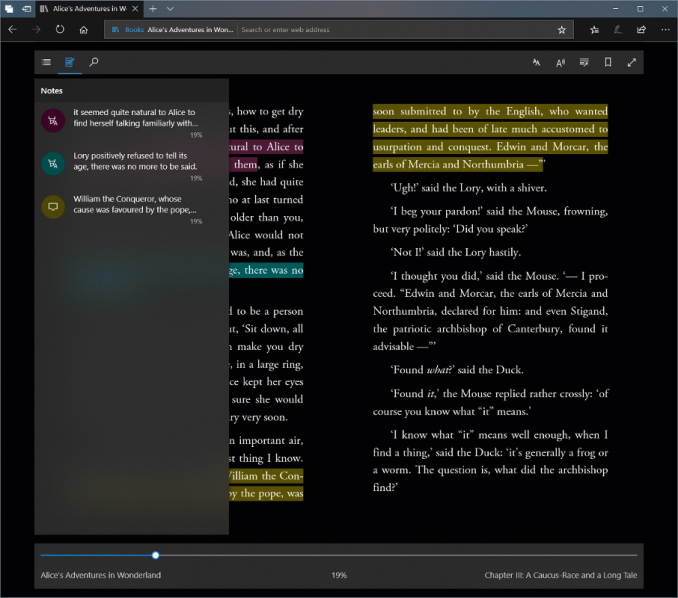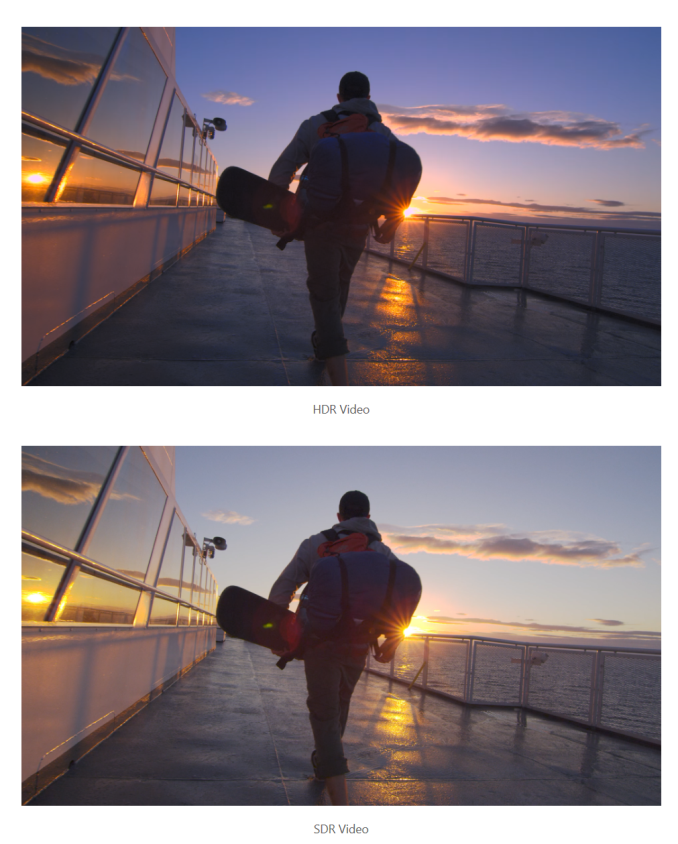The Windows 10 April Update (1803): The Littlest Big Update
by Brett Howse on May 25, 2018 8:00 AM EST- Posted in
- Software
- Operating Systems
- Windows
- Microsoft
- Windows 10
The Total Package
The Windows 10 April Update is one of the smaller updates we’ve seen since Windows 10 launched, at least in terms of shiny new features, but it does have some nice additions. The OS is mature enough now that there’s hopefully going to be less of the major changes to the UI and feature list with each new update, since those large scale changes can cause confusion with consumers. Windows is still the workhorse of businesses as well, and when you’ve got tens of thousands of employees, it’s not fun to have to retrain people every six months on how to do the couple of tasks they do every day. For 2018, we’ve already got the next update scheduled for the fall, but it would not be surprising to see Microsoft shift to a less aggressive schedule in the future.
For this update, there’s only a couple of big features. Timeline is a great idea and one that was definitely missing from Windows 10, and it will get more powerful with Android tasks coming to Timeline thanks to the Microsoft Launcher, Edge, and Cortana on Android. iOS will likely never be able to have as much integration though thanks to the Apple App Store model.
Focus Assist really seems like a great idea as well to give people a chance to stay focused when they need to. It needs a bit more fleshing out, but even as it is, it’s great to get time that is distraction free, but still allows you to easily check and see what you missed.
Probably the biggest addition for the update though is Progressive Web Apps, which will hopefully bring some much needed app support to the Microsoft Store. Twitter has been very actively developing their PWA, including support for Windows 10 specific features. The irony here is that with PWAs, Microsoft would likely have had a better shot with Windows 10 Mobile, but it’s already too late for that.
The other changes to Edge are also very welcome, and Edge has certainly come a long way. Its performance and standards support continues to improve, but like Windows 10 Mobile, it may be too little, too late. Microsoft has ceded a tremendous amount of browser usage to Google, and there’s no sign that’s going to change.
The other new features are going to be less used, but still important when needed. Being able to quickly pair a Bluetooth device, or easily share a file with Nearby Share, is really something that’s going to pay for itself rarely, but when it is needed, it’ll pay larger dividends.
There's also a pile of small tweaks and additons, such as the improved touch keyboard with swipe typing support, a new game bar, easier Hello setup, Cortana improvements, dictation support for text fields, and improvements to My People, which rounds out the update nicely.
Overall, the April Update is a small, but nice update. The biggest issue with it is that there’s been some reliability problems with the update as we’ve seen specifically with the Intel 600p SSD, and a few other pieces of hardware. The update was delayed until the very last day of April, and even then it was definitely a soft rollout. I have only been able to get one PC to even get the update over Windows Update so far, with even very current devices still not receiving it through that method. You can always force an install, but there could also be a reason the machine isn’t seeing the update due to a known compatibility issue that’s not resolved yet. We’ll have to wait and see statistical numbers to see how quickly it rolls out compared to its predecessor, but at the moment it seems like it’s a very slow and steady deployment. But the update is worth it just to get PWA support alone. It just might not be worth it right now.














161 Comments
View All Comments
0ldman79 - Friday, May 25, 2018 - link
Every major update has reset my 7.1 surround settings, the Nvidia settings and my firewall.Kind of irritating, spending time tuning the colors, fine tuning for the shape of the room, etc... only to have MS just wipe it out arbitrarily.
Stuka87 - Friday, May 25, 2018 - link
Why are earth are you using a RAID-0 as your boot drive?! Just about every SSD these days is faster than a RAID-0 spinner array. And doing a RAID-0 with SSDs is not recommended at all.DanNeely - Friday, May 25, 2018 - link
The same koolaid that gaming laptop makers - who love to raid0 multiple SSDs - are convinced their customers are guzzling.RAID0 doesn't help latency, and that's where 99% of the gain from HDD to SSD to Optane is to be found.
BurntMyBacon - Tuesday, May 29, 2018 - link
That ain't koolaid. Least not the kind what you find around here. Got a kinda funny aftertaste. Makes you feel all fuzzy in the head. Wake up the next morning wonderin how that laptop got there and what you were doin with it to get that black screen what never goes away on boot.euler007 - Friday, May 25, 2018 - link
Not only that but two Nvme drives in raid 0 as a boot drive. Zero real world gains except on static benchmark.Holliday75 - Friday, May 25, 2018 - link
The gain being you are twice as likely to lose a OS drive and need to reinstall all your software! Well a gain for people who like doing that.Makaveli - Friday, May 25, 2018 - link
Some people like myself combine SSD's in Raid 0 for more capacity than speed.still using two Intel X25-M G2 160GB in Raid 0
piiman - Saturday, May 26, 2018 - link
You don't get more capacity, its the same.MamiyaOtaru - Saturday, May 26, 2018 - link
wrong. Raid 1, where each drive is mirrored, would get you the same capacity. But two 160GB drives in raid 0 (striped) gives a capacity of 320."capacity of a RAID 0 volume ... is sum of the capacities of the disks in the set." https://en.wikipedia.org/wiki/RAID#Standard_levels
I love how sure you seem about this while being totally wrong haha
Alexvrb - Sunday, May 27, 2018 - link
Your total capacity is still the same, which is what he's saying. Drive 1+2 = RAID 0 array of drive 1+2. You just get them both on one drive letter, and at that point you could use JBOD. It's pointless to use RAID 0 and it increases the risk of data loss.Anyway those are some ancient SSDs. I remember reading about them... the Mayans, I believe?